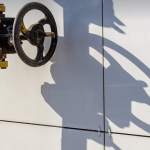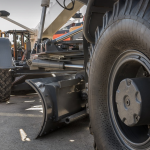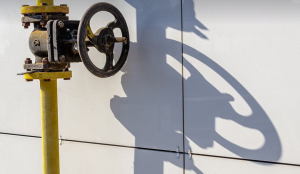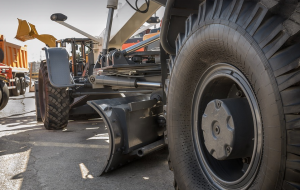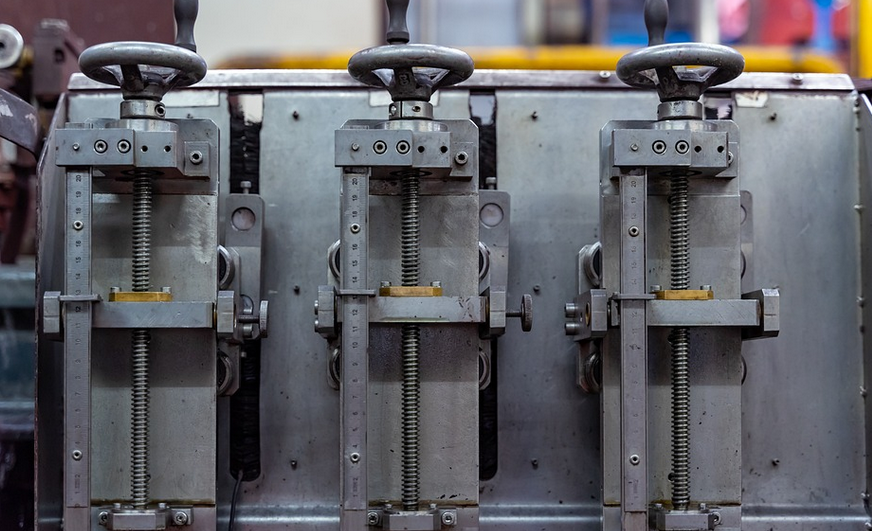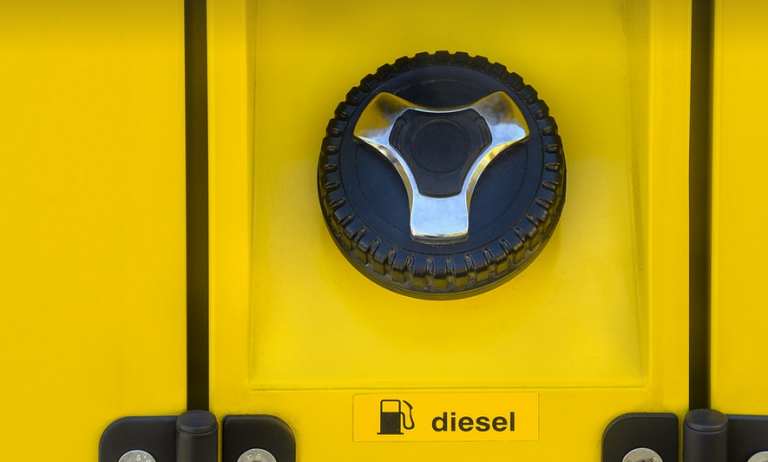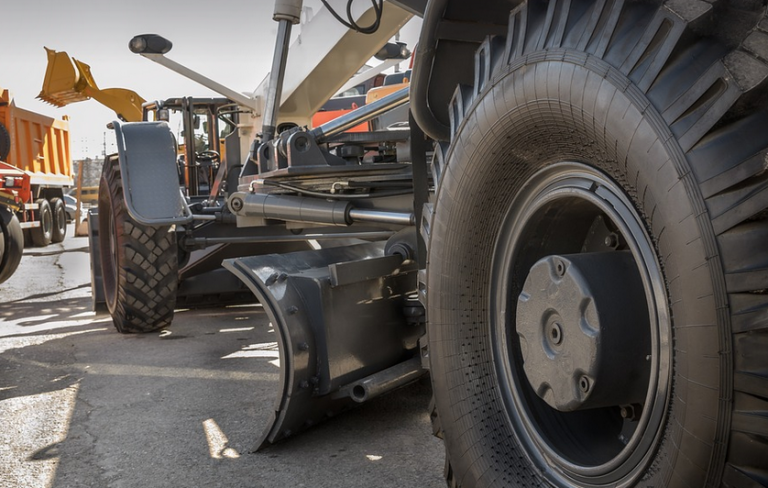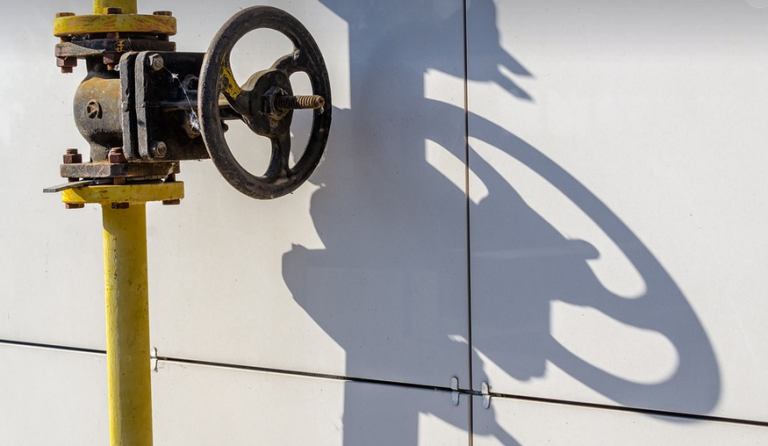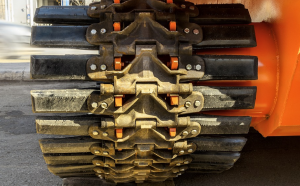What are Soldering Irons For?
Getting into metalworking or electronics can be exciting, and a soldering iron is often the first tool you’ll encounter. It’s more than just a hot-metal tool; it’s your gateway to intricate tasks like soldering wires, repairing electrical circuits, or even working with precious metals. But what exactly are soldering irons for, and how do they work their magic on metal? A soldering iron uses the power of electricity to heat up its tip to extremely high temperatures, reaching anywhere from 200°C to 450°C. This intense heat melts the solder—a special alloy made primarily of tin and copper—and allows you to join metal pieces together with a strong, lasting bond.
Choosing The Right Iron: Key Considerations
So, you’re ready to dive into the world of soldering! But before we get started with melting metals, let’s talk about choosing the right soldering iron for your needs. There are various types on offer, each tailored to specific applications and budgets. Firstly, **power** is a crucial factor. The wattage of your soldering iron will influence how quickly it heats up and how efficiently it melts solder. Generally, higher wattage (above 40W) provides quicker heating for faster soldering tasks, while lower wattage (below 25W) is ideal for intricate work where precision and control are key. Secondly, **tip size** is essential for specific work requirements. A larger tip heats a wider area, making it suitable for thick wires or bulky soldering jobs. Smaller tips offer greater precision but require more care to avoid overheating delicate components. Thirdly, **features like temperature control and auto-shutoff** can make your life easier. Some irons come with adjustable temperature settings, enabling you to customize the melting point based on the metal type and thickness. Auto-shutoff features ensure that the iron stays off when not in use, extending its lifespan and reducing the risk of accidental fires.
Soldering Techniques for Metal: A Step-by-Step Guide
**Preparing Your Workspace:** Always begin by creating a clean workspace free from dust or debris. This ensures proper airflow around the soldering iron tip and prevents any contamination on your work surface. **Choosing the Right Solder:** Soldering, essentially, is about joining two pieces of metal together using a molten solder alloy. The type of solder you choose depends heavily on the metal being used. Some common types include: **Tin-lead Solder:** This was a popular choice for years but has been increasingly replaced with lead-free alternatives. **Lead-Free Solder:** These alloys are now preferred due to their lack of lead, which is harmful to health and the environment. **Flux:** Flux is an essential component for soldering metal. It acts as a lubricant between the solder and the metal, allowing it to flow smoothly and creating better connections. **Heating Tips:** Before you begin soldering, ensure your soldering iron’s tip is properly cleaned. A clean tip will offer more precise control over the heat and ensure better contact with the metal surfaces.
Safety First: Avoiding Common Mistakes
**Proper Ventilation:** Soldering produces fumes that can be harmful to breathe in. Always work in a well-ventilated area or even consider using a fume extraction system for added safety. **Fire Prevention:** Never leave your soldering iron unattended, as it’s an ignition source and can easily overheat to the point of catching fire if left unchecked. **Protective Gear:** Wear safety glasses to shield your eyes from flying sparks or molten metal debris. Gloves are also essential for protecting your hands from burns caused by hot solder.
Beyond Basic Soldering: Expanding Your Skills
Soldering is a versatile skill, with applications beyond just basic electrical work and metal fabrication. **Jewelry Making:** Imagine creating unique pieces of jewelry using soldering techniques. You can join metals together to form delicate chains or intricate designs like earrings or pendants. **Model Building:** From mechanical engineering kits to intricate model trains, soldering allows you to bring these creations to life by joining different parts with precision and care. This simple guide provides a starting point in understanding the world of soldering irons for metal work. Remember: practice makes perfect! As you gain experience, your skills will improve, and you’ll be able to tackle more challenging projects.

